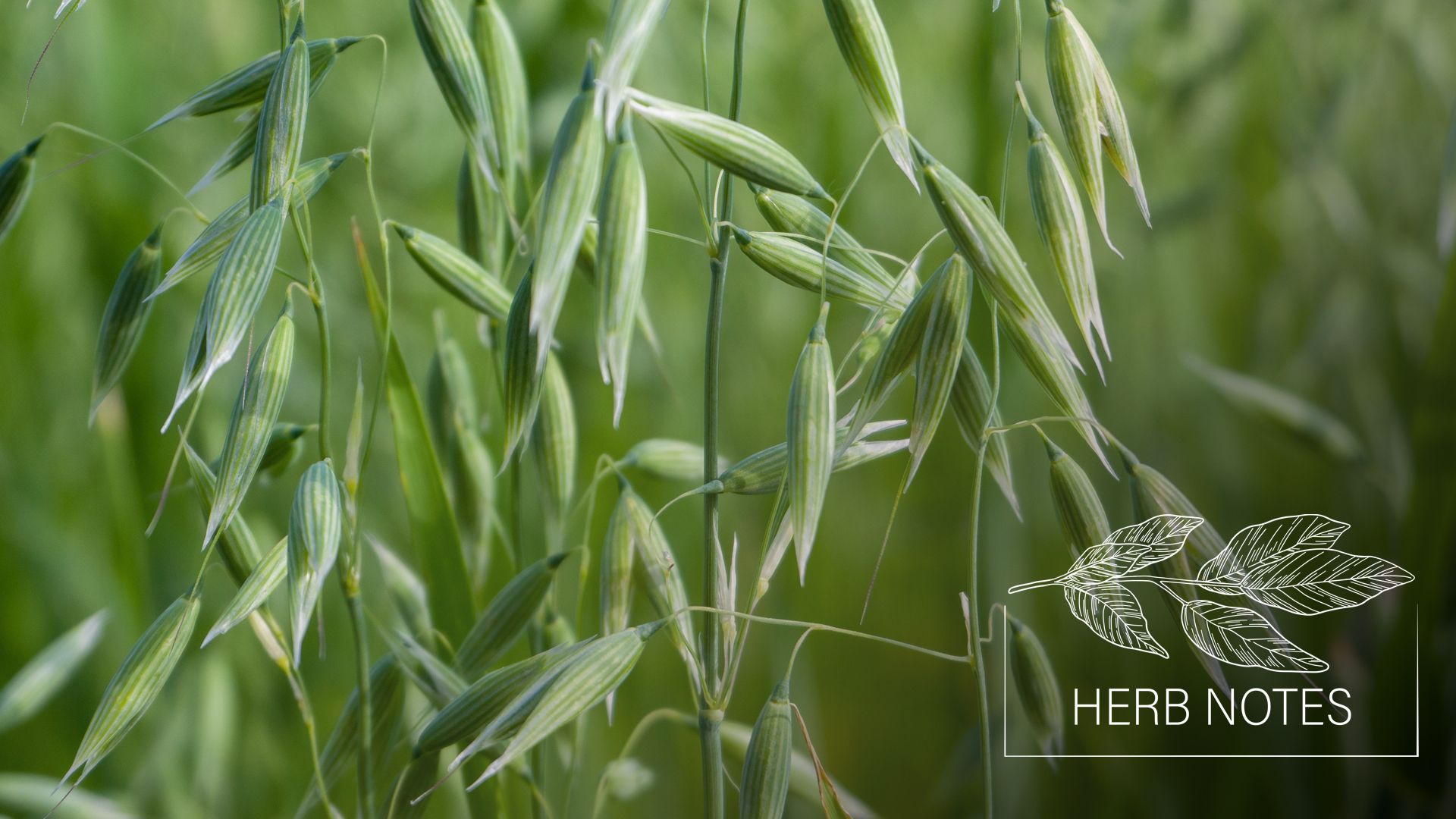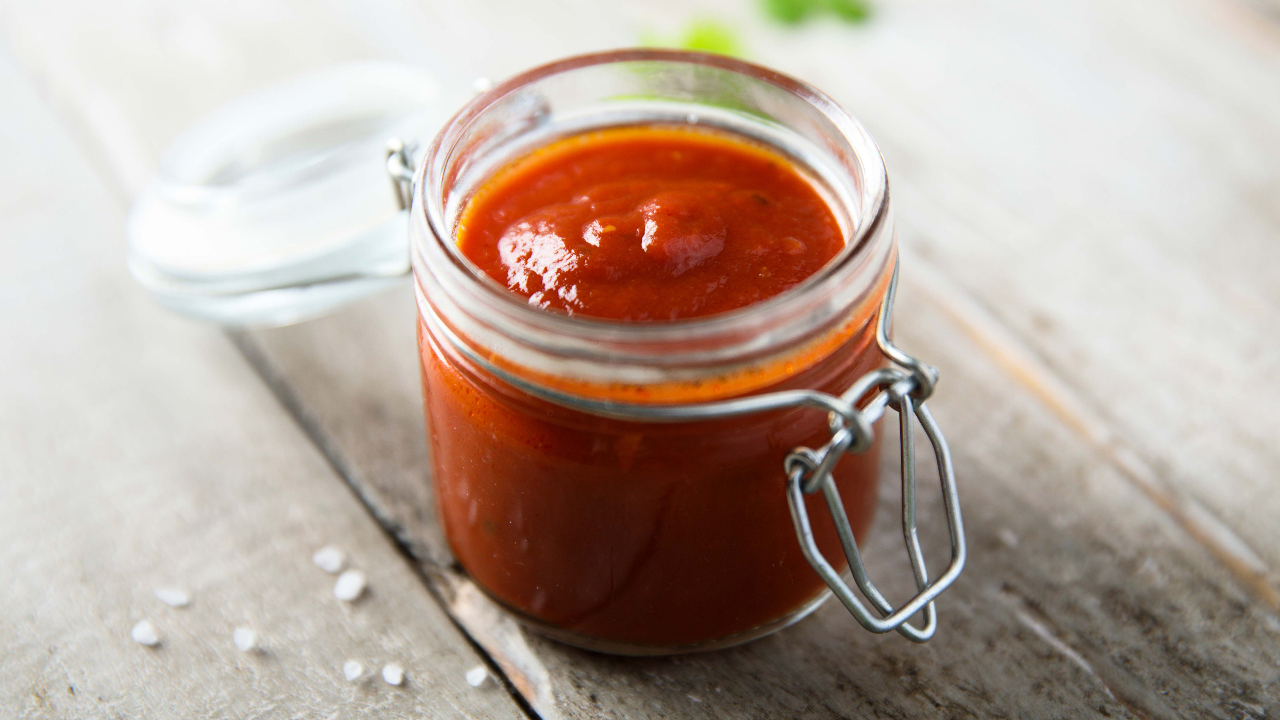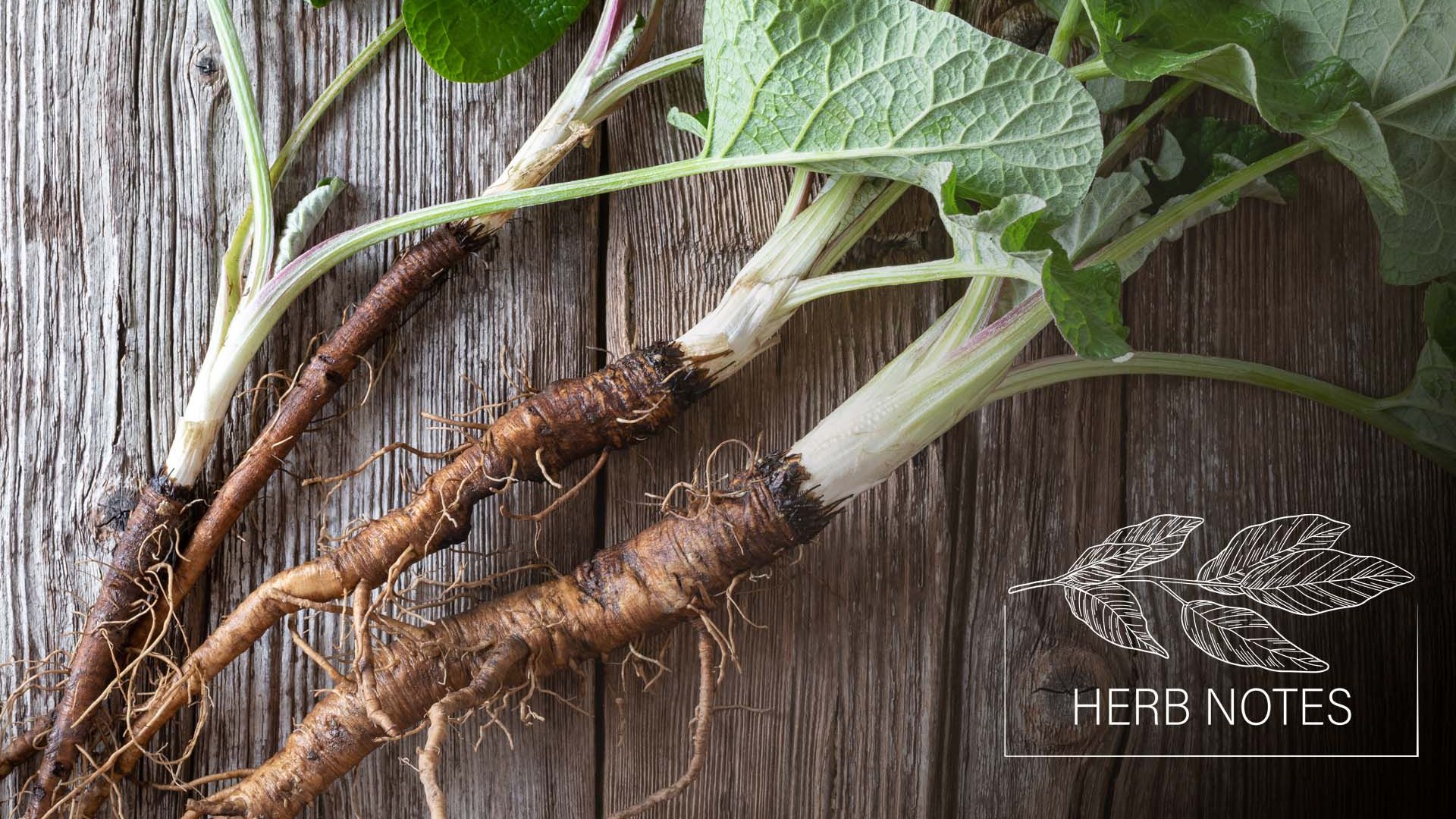
Self-Heal Uses and Plant Monograph
Western herbalists love to love weeds. We hold up our golden dandelions as if they are a golden chalice and we praise the spread of the humble plantain. Comfrey, clover, and wild mustards are all loved by herbalists. But what about that small purple mint lurking in our lawns with the panacea-like name, self-heal?
Self-heal, heal-all, slough heal and woundwort are all common names for Prunella vulgaris. The genus name, Prunella, comes from the German word for quinsy, a severe sore throat caused by a tonsil abscess for which self-heal is said to be a cure. The species name vulgaris, meaning “common,” indicates the plant’s ubiquitous nature.
“As Prunella vulgaris is related to the mint family, it transplants and spreads easily. Some not so enlightened people might consider it a weed.”
- Darcey Williamson
Self-heal is so common that it is often overlooked. Many herbals referenced for this article had no entries for self-heal. Some acknowledged its use but limited their descriptions to “this herb is not commonly used in Western herbalism.”
Scientists meanwhile have been busy exploring this plant’s powerful uses from anticancer properties to antiviral capabilities. Self-heal likewise has not been forgotten by Chinese herbalists who refer to it as the “summer-dry herb” and use it for signs of heat and liver constraint.
In this article, we’ll look at the many ways this modest plant has been used by herbalists and the findings of scientists who are studying it today. First we’ll look at the energetics and taste.
“Self-heal, all-heal, heal-all is good for what ails you. It’s a very nice plant to put into salves, and into teas that are general healing teas. It’s a panacea herb.”
- Cascade Anderson Geller, The Energetics of Self-Heal
Self-heal is described as a bitter plant. Depending on your source of information you may also see that it can be classified as acrid or slightly pungent.
I recommend taking a nibble of fresh self-heal or making your own cup of self-heal tea. You might notice that there is some sweetness there and perhaps the familiar taste of another mint family plant.
If we were sitting together I would insist on that cup of tea now, but instead I’ll just ruin the surprise. Self-heal tastes just a bit like rosemary. Self-heal is actually very high in rosmarinic acid, one of the well-studied antioxidants famously found in rosemary.
Self-heal, like many mint family plants, is both cooling and diffusive. It also has significant mucilage, making it a nice demulcent.
 |
 |
Self-Heal Uses & Plant Profile Summary:
-
Botanical Name: Prunella vulgaris
-
Other Common Names: all-heal, heal-all, slough heal, woundwort
-
Family: Lamiaceae (mint)
-
Parts Used: aerial parts
-
Energetics: cold, dispersive
-
Taste: bitter, slightly pungent
-
Plant Properties: hemostatic, astringent, demulcent, vulnerary, hypotensive, inflammatory modulator, immunomodulator, antiviral, diuretic
-
Plant Uses: wounds, ulcers, sore throat, hemorrhoids, high blood pressure, burns, insect bites, herpes, cancer, allergies
-
Plant Preparations: tea, tincture, culinary, external wash, fomentation, vaginal douche, suppository
For Healing Wounds, Burns, Abscesses and Boils
In Western herbalism, self-heal has been commonly used for all sorts of wounds. Some herbalists liken its qualities to plantain’s vulnerary abilities. Both of these plants are somewhat astringent and demulcent, stabilizing tissue and protecting the skin’s moisture at the same time.
Self-heal is used for wounds on the skin, including cuts, scrapes and burns. It’s also used for drawing out infections, such as abscesses and boils.
Internally self-heal has been used for ulcers, especially those in the mouth and throat.
Numerous herbalists claim that self-heal is a styptic herb which can staunch the flow of bleeding similar to yarrow or shepherd’s purse.
“Gerard suggested ‘there is not a better wounde herb in the world.”
- Robert Dale Rogers, For Chronic Viral Infections
A plethora of studies have shown that self-heal has antiviral properties, especially against herpes simplex virus, HPV and even HIV. Researchers have shown that it inhibits the binding ability of a virus making it most effective at preventing and stopping new outbreaks. Because it inhibits the ability of to replicate, it is most effective at stopping recurring localized viral infections such as herpes.
Some interesting in vitro studies have been done using self-heal against HIV, showing that is has the ability to inhibit viral replication in a petri dish. Researchers on these studies are optimistic about their findings and encourage more testing.
For Upper Respiratory Infections
Remember that slightly sweet taste we detected in our cup of self-heal tea? It turns out self-heal has polysaccharides (like Astragalus and many mushrooms) which are known to be balancing to the immune system or immunomodulating. Taken regularly, self-heal may support a healthy immune system and reduce the incidence of upper respiratory infections.
Self-heal was historically used for sore throats, even severe ones like quinsy, which is an abscess of the tonsils. It is a great choice as a hot tea at the beginning stages of a cold with sore throat. In addition to fighting the virus, the demulcent qualities of self-heal will help to soothe and coat a dry, scratchy or irritated throat.
Christopher Sauer was a Colonial herbalist who described the following use for self-heal in his fascinating herbal:
“Mix together three ounces of self heal water and plantain water…a small piece of cloth dipped in self heal water and repeatedly laid warm upon the affected place until it dries will prove exceedingly beneficial against all inflammations of the privates in both men and women”
- Christopher Sauer, For Allergies and Inflammation
As part of its immunomodulating action, self-heal reduces an excessive immune system response like what we see with seasonal allergies or chronic inflammation.
Of course when dealing with chronic inflammation we always want to address the root cause, which is often based on diet or lifestyle. However, regularly drinking self-heal tea may help reduce your seasonal allergy symptoms.

To Strengthen the Kidneys and Diuresis
Herbalist William LeSassier praised self-heal for its kidney strengthening abilities. In The Earthwise Herbal, Matthew Wood relates that LeSassier specifically thought of self-heal when there was deficient kidney function along with dental decay.
In addition to strengthening the kidneys, self-heal is a mild diuretic that could be helpful for draining dampness, such as edema, or a way to reduce high blood pressure.
For Diabetes and Heart Disease
Self-heal has been shown to increase insulin sensitivity thus preventing or reducing the effects of Metabolic Syndrome and diabetes.
Most heart disease in the US is a symptom of this increasingly common Metabolic Syndrome, a chronic disease that manifests as poor glucose metabolism creating a systemic inflammatory condition.
Besides increasing insulin sensitivity, self-heal may also have beneficial effects on the cardiovascular system. It is used to lower blood pressure in Chinese medicine and has been shown to have inflammatory modulating effects on cardiovascular tissues.
For Headaches and Painful Eyes
Chinese medicine specifically uses self-heal for signs of “Liver fire rising” and “Liver constraint.” Headaches and painful eyes that are worse at night are indications for self-heal. Self-heal is recommended for many types of eye complaints including red eyes, conjunctivitis and eye-tearing.
For Summer Heat, Summer Rashes and Protection from the Sun
The third edition of the Chinese Herbal Medicine Materia Medica (Bensky and Gamble) recommends the dew or hydrosol of self-heal as a tonic for preventing and treating summer heat and summer rashes in both children and adults. Self-heal cools the body and disperses heat. The mild demulcent qualities may help to rehydrate as well.
Self-heal and its constituent rosmarinic acid have been shown to protect skin cells from UVA and UVB radiation. In one study, researchers looked at self-heal as an herbal photo-protectant and concluded that self-heal may offer protection against the sun when used in dermatological products. While we are waiting for in vivo tests to substantiate these findings, self-heal infused oils would be a nice addition to anyone’s skin regimen.
“It is often combined with Chrysanthemum flowers for fever, headaches, hypertension, dizziness, vertigo and hyperactivity in children.”
- Robert Dale Rogers, For Swollen Lymph, Cancer and Nodules
That’s right — this weed commonly found in lawns everywhere has been shown to have anticancer effects, especially against lung cancer and lymphoma. Most of the studies to date are in vitro, so more research is needed, but the sheer volume of positive studies highlights self-heal’s anticancer potential.
“In TCM, Xia Ku Cao (Self Heal) is used to soften hardness (lumps, enlarged lymph nodes). It is used for goiters, lipomas, mumps, mastitis,
lymphosarcoma and scrofula.”
- David Winston
Another mechanism that self-heal has been shown to possesses is an anti-estrogenic quality. Researchers surmise that it could be used to prevent or stop estrogen dependent tumors.
Self-heal has also long been used for stagnant lymph nodes and non-serious nodules. It is taken both internally and used externally as a fresh poultice to get lymph moving.
“I use it, primarily as a cooling lymphatic. It moves down, really good for liver heat + lymphatic stagnation. Also nice in situations where there’s stuck anger, unexpressed anger, anger getting turned inwards to become depression…”
- Rebecca Altman

Botanically Speaking
Self-heal is a member of the mint family (Lamiaceae) and it has the classic characteristics of this family:
- The purple flowers have a lipped-shape appearance and grow on spikes. (Herbalists who discuss the Doctrine of Signatures might point out that the flowers look like a mouth and throat pointing towards its use for sore throats.)
- The leaves are opposite each other on the stem.
- The stems are square.
Harvesting Self-Heal
Self-heal grows abundantly as a weed and loves to be harvested. Beloved herbalist Cascade Anderson Geller recommends frequently harvesting the flower heads to inspire further blooming
Researchers have studied the chemical analysis of self-heal gathered at different times of the year and concluded that it has a higher biochemical value when harvested earlier in the year. They have also studied how storage time effects dried self-heal and recommend that one should use self-heal within a year of drying for best results.
Plant Preparations
Self-heal can be used in a lot of different preparations.
Self-heal tastes slightly bitter and slightly sweet with a hint of rosemary. You can enjoy eating the leaves and flowers in a salad blend or as a trail snack.
It makes a great tea and can also be extracted into alcohol or infused into oil for making a salve.
David Winston recommends the following for dosage.
Tea: 1-2 tsp of the dried herb, 8 oz hot water. Steep 1 hour. Take two to three cups per day.
Tincture: 1:2 fresh extract, 30% alcohol, 40-60 drops, (2-3 ml), 3 times per day
Speaking of dosage, the Chinese Herbal Medicine Materia Medica recommends self-heal in dosages as high as 180 grams per day (roughly 6 ounces). It’s hard to take too much of self-heal!
Self-heal has also been used externally as a wash or fomentation and has been used as a vaginal douche or suppository.
 |
 |
Special Considerations
Self-heal is a mild plant with no known toxicity, making it safe for most people. It has some possibility of interfering with blood thinners. The Chinese Herbal Medicine Materia Medica says that it could harm someone who already has weak digestion if taken in large amounts over time.
Summary
While not commonly used by many Western herbalists today, self-heal has a long history of use for healing wounds, both inside and outside the body, as well as for moving lymph and soothing sore throats.
Numerous studies have been done on self-heal showing promise for using it against cancer, to support a healthy immune system, to protect the skin from sun damage, and to address inflammation like that associated with diabetes and heart disease.
While more clinical tests are warranted before we make any strong claims about self-heal in practice, don’t hesitate to use this safe food-herb in the meantime. Head out to your lawn and harvest these beautiful weeds. Make a tea, infuse some into oil, extract some in alcohol, and come back to the HerbMentor forums to share your self-heal experiences with us.
Here is a poem from herb faery artist and poet, Cicely Mary Barker:
“The Song of the Self Heal Faery
When little Elves have cut themselves,
Or Mouse has hurt her tail,
Or Froggies arm has come to harm,
This herb will never fail.
The Faeries skill can cure each ill
And soothe the sorest pain;
She’ll bathe and bind, and soon she’ll find, that they are well again.”
- Cicely Mary Barker”









